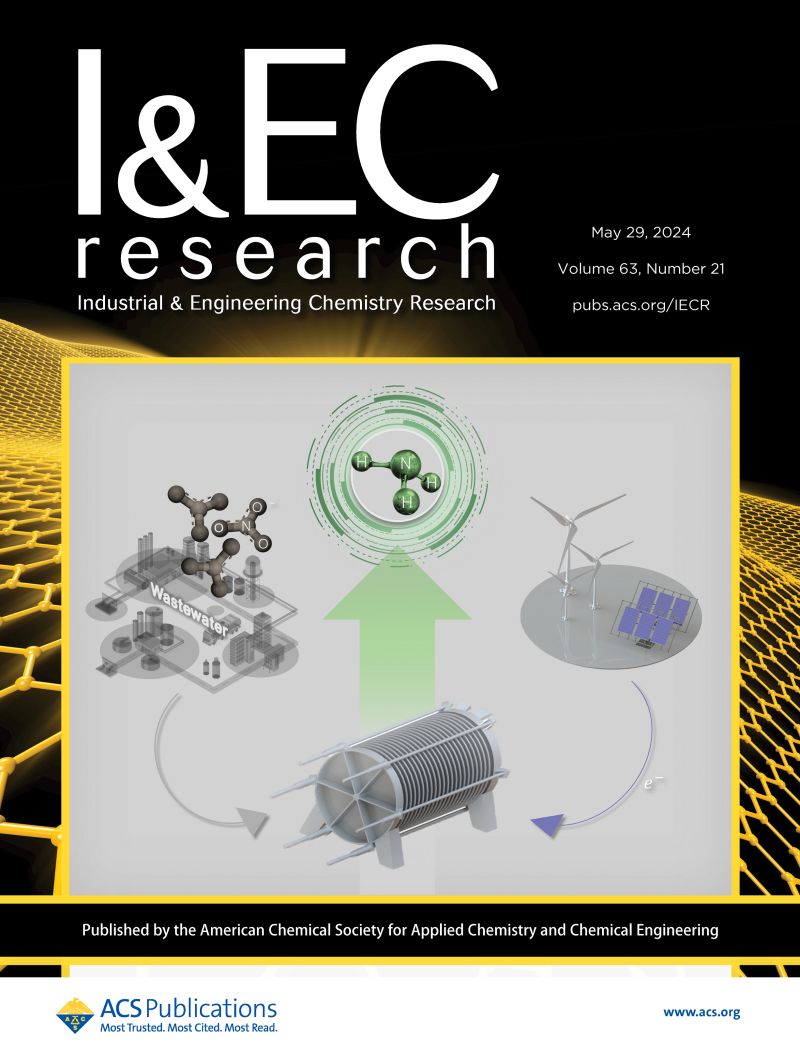Healable, Glassy Azobenzene Polymers at Room Temperature Based on Photoinduced Reversible Solid-to-Liquid Transitions
IF 3.8
3区 工程技术
Q2 ENGINEERING, CHEMICAL
引用次数: 0
Abstract
Designing healable, glassy polymers at room temperature remains a significant challenge due to the higher glass transition temperature (Tg) of glassy polymers than room temperature restricting the molecular or segmental mobility at room temperature. Glassy polymers present low healing efficiency although enabling self-healing through secondary transition of small-sized structural units in molecular chains. Herein, the healable, glassy azobenzene polymers (PnC-AZO) with the tunable methylene-based spacer lengths (n = 0, 3, 6, 9, 12) and the designed number-average molecular weight (Mn < 10 kDa) were synthesized and developed by free radical polymerization of azobenzene monomers. The PnC-AZO (n = 6, 9, 12) with trans-azobenzene structures shows the characteristic transition temperature (Ttrans) in rheology and crystallization melting temperature (Tm) at ∼50 °C much higher than room temperature and yet presents efficient healing ability at room temperature by alternating ultraviolet light and green light irradiation, resulting from the photoinduced reversible solid-to-liquid transitions along with reversible isomerization between thermodynamically stable trans-configuration and metastable cis-configuration of azobenzene units in PnC-AZO. This will provide an alternative toward healable, glassy polymers at room temperature for future sustainable material design.

基于光诱导可逆固液转变的室温下可愈合玻璃状偶氮苯聚合物
由于玻璃化聚合物的玻璃化转变温度(Tg)高于室温,限制了室温下分子或片段的迁移率,因此在室温下设计可愈合的玻璃化聚合物仍然是一个重大挑战。玻璃状聚合物虽然可以通过分子链中小尺寸结构单元的二次过渡实现自愈,但其愈合效率较低。在此,具有可调节亚甲基间隔长度(n = 0、3、6、9、12)和设计数-平均分子量(Mn <;采用自由基聚合法合成并发展了偶氮苯单体。具有反式偶氮苯结构的PnC-AZO (n = 6,9,12)在流变学和结晶熔融温度(Tm)方面表现出比室温高得多的特征转变温度(Ttrans)和结晶熔融温度(Tm),但在室温下紫外和绿光交替照射下表现出有效的愈合能力。这是由光诱导的固-液可逆转变以及偶氮苯单元在PnC-AZO中热力学稳定的反式构型和亚稳的顺式构型之间的可逆异构化引起的。这将为未来可持续材料设计提供一种在室温下可愈合的玻璃状聚合物的替代方案。
本文章由计算机程序翻译,如有差异,请以英文原文为准。
求助全文
约1分钟内获得全文
求助全文
来源期刊

Industrial & Engineering Chemistry Research
工程技术-工程:化工
CiteScore
7.40
自引率
7.10%
发文量
1467
审稿时长
2.8 months
期刊介绍:
ndustrial & Engineering Chemistry, with variations in title and format, has been published since 1909 by the American Chemical Society. Industrial & Engineering Chemistry Research is a weekly publication that reports industrial and academic research in the broad fields of applied chemistry and chemical engineering with special focus on fundamentals, processes, and products.
 求助内容:
求助内容: 应助结果提醒方式:
应助结果提醒方式:


